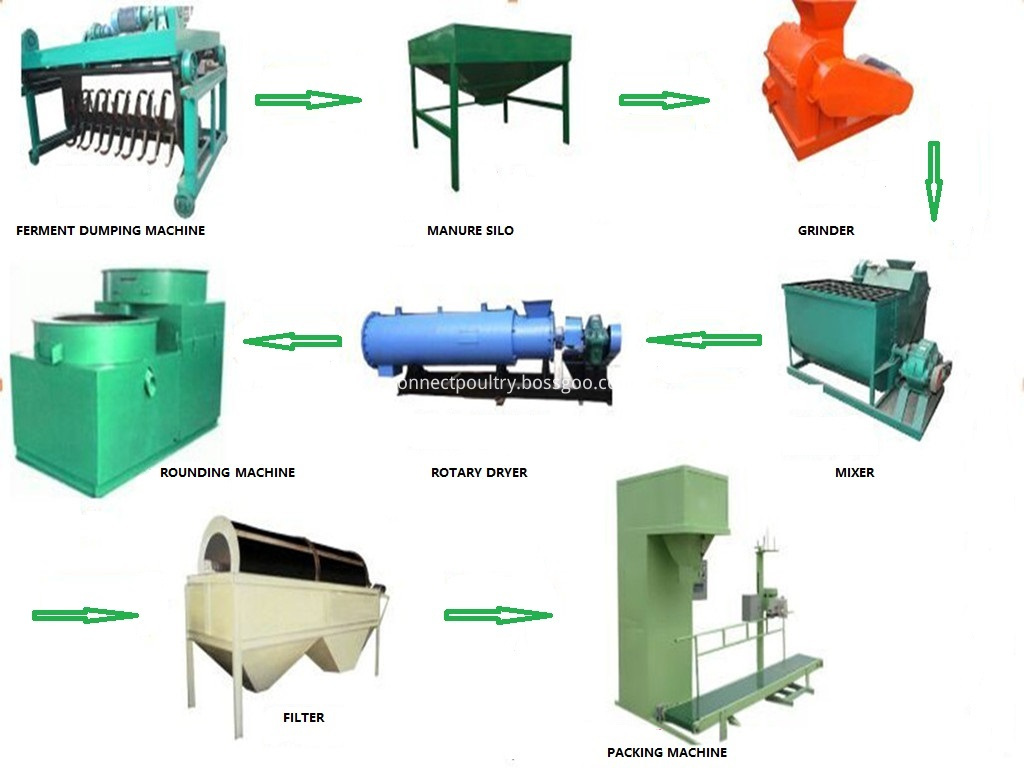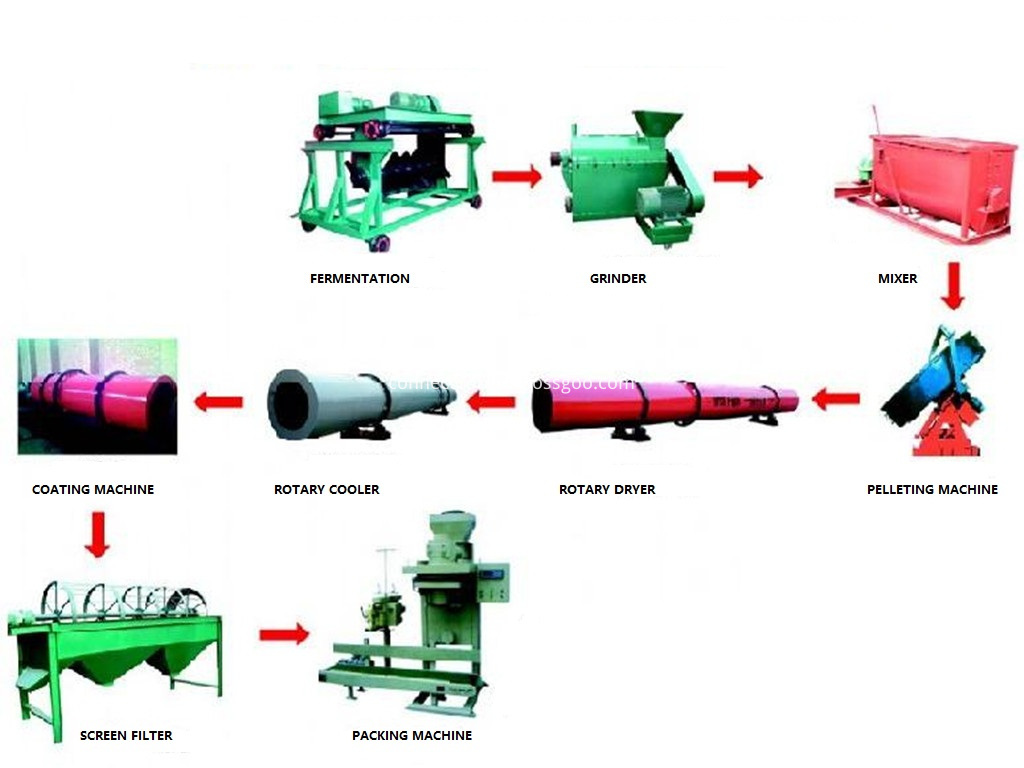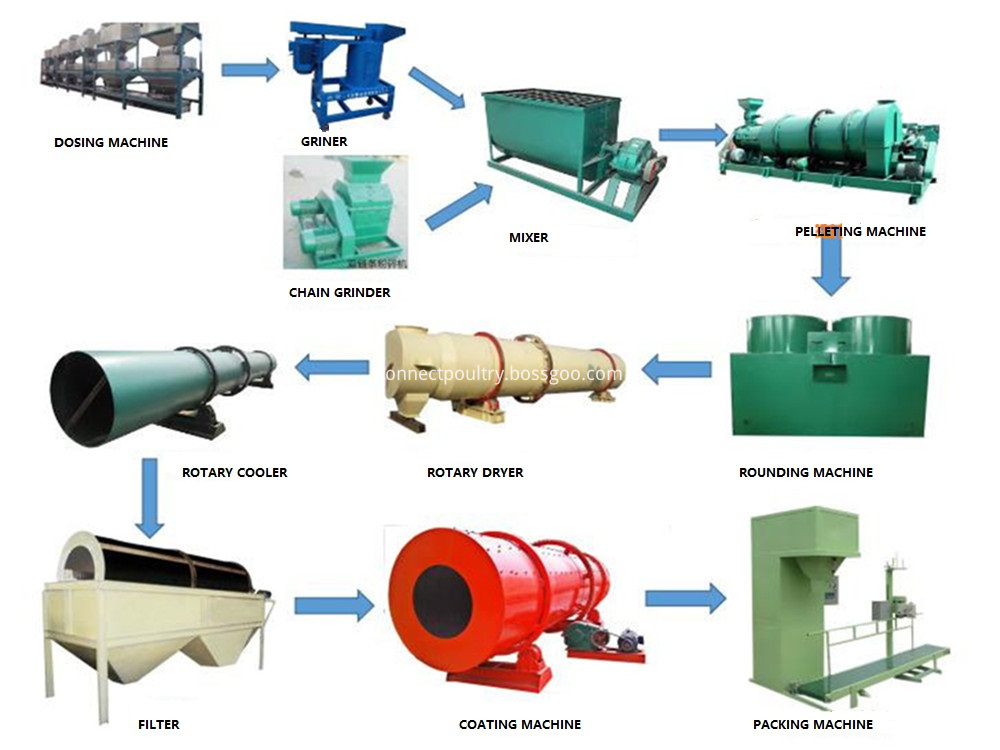The process design is the preliminary process preparation for CNC machining, and it is embodied in the pre-programmed program and automatically realized by the machine tool. In this way, whether the process design is reasonable, advanced, accurate and thorough, not only affects the workload of programming, but also greatly affects the processing quality, processing efficiency and safe operation of the equipment. When students are designing their crafts, they often feel that the process design is not good due to lack of production experience. Let's take the example of CNC turning as an example to discuss the design of the machining process. First, the analysis of the machined parts, the selection of the blank turning machining is characterized by the workpiece rotation and the main movement, the turning tool to do the feed movement. CNC turning is suitable for machining more complex shaft parts and in-mold cavities formed by complex curve rotation, and the more precise surface of the parts is often achieved by roughing, semi-finishing and finishing. Process design begins by analyzing the part pattern, which includes the geometry, dimensions, geometric tolerance requirements, surface roughness requirements, blanks, material and heat treatment requirements, and part number analysis of the workpiece profile. These must be considered in the development of a reasonable process plan, but also directly affect the results of the preparation and processing of the part processing program. When selecting a blank, it is necessary to consider the type of the blank of the shaft type and the shaft structure. Generally, the step axis with the difference of the optical axis or diameter can be hot rolled or cold drawn round bar; the shaft with larger diameter or more important diameter is mostly Forgings are used; a few complex large shafts are also made of cast steel. Second, the design process The design of the process mainly includes the division of the process, the selection of the positioning reference, the selection of the surface of the processing method and the processing sequence. The common methods for dividing CNC machining processes are: a) dividing the process according to the number of installations, that is, each clamping as a process, this method processes parts with few contents. This method is commonly used in special CNC machine tools and machining centers. b) According to the processing part, the process is divided into several processing parts according to the structural characteristics of the parts, and each part is used as a process. c) According to the tool division process, the tool concentration sequence method is to divide the process according to the tool used, that is, to use the same tool or the same type of tool to complete all the parts on the part to be processed, so as to save time and improve efficiency. d) According to the rough finishing process, this method is more suitable for parts with high deformation or high precision. After a reasonable division of the process, it is necessary to arrange the processing sequence of each process. The general principle is: a) The processing of the previous process cannot affect the positioning and clamping of the next process. b) After the inner cavity is processed, the outer shape is processed. c) The same positioning clamping method or the same tooling process is preferably completed by adjacent connection, so as to avoid errors caused by repeated positioning and reduce auxiliary time such as tool change. The selection of the positioning reference includes the selection of the positioning method and the selection of the positioning surface of the workpiece. The positioning method of the shaft parts is usually fixed at one end, that is, the outer surface of the workpiece is fixed by a three-jaw chuck, a four-jaw chuck, etc., but this method has a certain limitation on the overhang of the workpiece, and the workpiece is overhanged. The length will be deformed during the cutting process, and the workpiece with too long cutting length can be positioned with one clip or one top or two. Under the conditions allowed by the clamping method, the positioning surface should try to select a surface with higher geometric precision. Third, the process design process design mainly includes the selection of machine tools and process equipment, determine the route, the machining allowance, calculate the process size and its tolerance, determine the cutting amount and calculate the working hours quota. The difficulty in process design is to determine the route and reasonable choice of cutting amount. In the turning process, it is generally necessary to carry out three steps of recirculating allowance, roughing and finishing. The method of recirculating the residual amount should be determined according to the type of the blank and the shape of the workpiece, so as to reduce the number of cycles and improve the processing efficiency. The following points should be taken into account when determining the turning path: a) The principle of arranging the path for the shaft parts is the radial infeed of the axial cutting, and the end point of the cycle cutting allowance is near the starting point of the roughing, which can be reduced Take the number of passes and avoid unnecessary empty passes. b) The principle of arranging the path for the disc parts is the radial feed axial feed. c) The shape of the blank of the casting and forging is similar to the shape of the part after machining. The way of removing the allowance by circulation is that the tool path moves according to the contour of the workpiece, and gradually approaches the size of the drawing, which is essentially a “zero drift†method. The principle of reasonable selection of cutting amount is: when roughing, it is generally based on improving productivity. Usually, according to the actual situation, it is possible to select a larger amount of backing and feeding, and use a lower cutting speed; semi-finishing and finishing. In the case of ensuring the quality of the processing, taking into account the cutting efficiency, economy and processing costs, usually choose a smaller amount of backing knife and feed. On CNC lathes, the finishing allowance is less than that of ordinary lathes, generally 0.2 to 0.5 mm, and the finishing feed is generally 0.1 to 0.2 mm/r. IV. Conclusion The design of CNC turning machining technology involves the whole process system of materials, machine tools, tools, fixtures, etc. It also covers parts structure, shape and position tolerance, surface quality, heat treatment, measurement and economic accounting. Reasonable processing technology is essential to improve the processing efficiency and processing quality of CNC machine tools. (Finish) Manure Fertilizer Processing Equipment
Organic chicken manure production line
The fresh chicken manure which discharged
from broiler farm, layer farm is very large amount, how to right
treat these large amount of manure is an urgent task for all poultry farmers.
According to clients request, we expansion the poultry project into chicken
manure organic fertilizer, which not only solve the problem for clients,
but also greatly generate the profit from whole poultry project.
The chicken manure fertilizer production
line is use fresh chicken manure as raw material, and after serial of
processing, and get products of natural organic fertilizer. There are two stage
for processing the chicken manure into commercial organic fertilizer, which
first is pre-fermentation, and second is with serial processing like grinding
the material, filter, mixing, pelleting, drying, cooling, filter, coating,
packing -.
The features of chicken organic
fertilizer
1. There is
no any chemical parts, due to chicken digest ability is low who just digest 25%
of nutrients in chicken feed, and other 75% of nutrients are goes away with
manure, which manure organic fertilizer contains rich nitrogen, phosphorus,
potassium, organic meter, amino acid, protein and so on.
2. The
organic matter in fertilizer enhance the organic matter contain in soil.
Organic matter improve physical, chemical, and biological properties of soil.
3. The
organic manure in chicken manure not only adds a lot of organic colloids, but
also decomposes and convert many organic compounds into organic colloids with
the help of microorganism, which greatly increases soil adsorption and produces
a lot of sticky material, which makes the soil particles cemented into stable
pellet structure, and improves the soil water conservation and fertilizer
conservation. Breathability and ability to regulate soil temperature.
4. The
organic manure of chicken manure also make a large number of microorganisms in
the soil, especially many beneficial microbes, such as nitrogen fixing
bacteria, ammoniated bacteria, cellulose decomposing bacteria, nitrifying
bacteria and so on. The organic chicken manure contains all kinds of active
enzymes secreted by the digestive tract of animals, and various enzymes
produced by microbes. After these substances are applied to the soil, the
enzyme activity of the soil can be greatly improved.
5. Organic
chicken manure improve soil activity and biotransformation ability, thereby
enhancing soil absorbability, buffer performance and stress resistance.
There three models of chicken manure
production line:
High Standard: manure dehydrator, fermenting dumping
machine, grinder, mixer, pelleting, drying, cooling, filter, coating, packing,
and belt conveyors-etc.
Middle standard: raw material grinder,
mixer, pelleting, drying, cooling, filter, packing, and belt conveyors-etc.
Low standard: raw
material grinder, mixing, pelleting or filter, packing.
Manure Fertilizer Processing Equipment,Chicken Manure Fertilizer Processing Line,Organic Manure Fertilizer Equipment,Organic Chicken Manure Fertilizer Machine Connect Group For Poultry Project , https://www.connectpoultry.com



